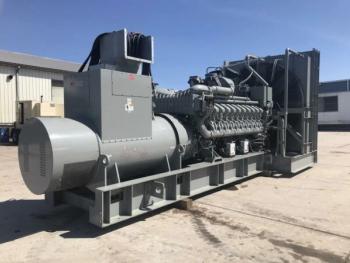
Before 2020, 78 GW of power plant capacity may be retired due to EPA regulations
The North American Electric Reliability Corporation (NERC) has studied the potential impact of key regulatory requirements on power plants. Below are some of its findings submitted to the US Congress.
The following regulations were considered:
Clean Water Act – Section 316(b), Cooling Water Intake Structures
Assumed the retrofit of open-loop cooling systems to closed-loop cooling (addition of cooling towers was assumed in our modeling analysis) and all nuclear plants made the upgrades.
Clean Air Act – Section 112, Utility Air Toxics
Title I of the Clean Air Act – National Emission Standards for Hazardous Air Pollutants (NESHAP), or Maximum Achievable Control Technology (MACT) Standards; (the proposed Utility Air Toxics Rule was issued on March 16, 2011).
Requires coal-fired plants to reduce their emissions of air toxics, including mercury and acid gases.
Clean Air Transport Rule (CATR)
Regulates SO2 and NOx to reduce long-range transport of pollutants contributing to ground-level ozone and fine particle non-attainment issues in downwind states.
Coal Combustion Residuals (CCR)
Would regulate coal-fired power plants currently disposing of more than 130 million tons per year of coal-ash and solid byproducts.
Through an integrated impact analysis, NERC assessed the cumulative impact of all the regulations and concluded that:
EPA regulations may have significant impacts on planning reserve margins.
For the Strict Case, up to a 78 GW reduction of coal, oil, and gas-fired generation capacity is identified as economically vulnerable during the ten-year period of this scenario. For the Moderate Case, this reduction occurs in 2018; while in the Strict Case, similar reductions occur in 2015.
Click below to see report.
Newsletter
Power your knowledge with the latest in turbine technology, engineering advances, and energy solutions—subscribe to Turbomachinery International today.





